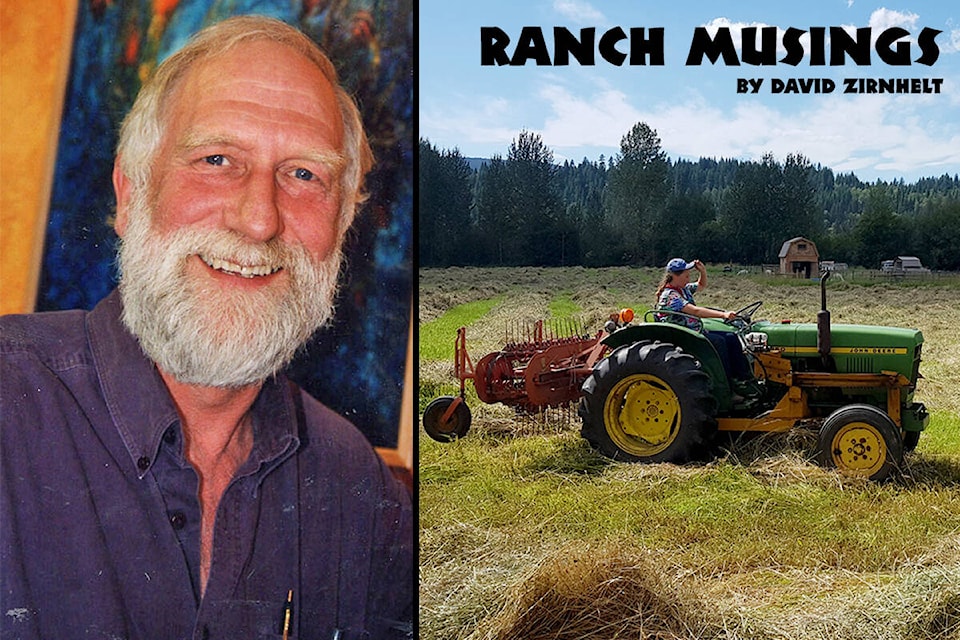If you would have told me a couple of weeks ago that I would be concerned with the prospect of fire and drought on the 15th of May, I might have said you were crazy. If I had said that, then I would be eating my words.
Record early forest fires and drought conditions are upon us. For the fire danger, we will be sure to carefully graze the farmyard to reduce fuel loading from tall grasses and to keep the grass vegetative, that is green and growing therefore fire-resistant.
We have been checking out the fire pumps and measuring the hoses to ensure we can get water to the structures and that our water sources are sufficient.
Equally important as our buildings are the farmland soils that are the basis of agriculture and world food security.
Many reading this will have heard how important the water holding capacity of the soil is. How we treat the top of the soil will determine how deep and how long the water will be held by soil structure.
In rough terms, the top one yard (metre) of the soil can hold about half yard (metre) of water if it is “healthy.” This is enough for a single crop of hay or grain. This means that the biological life in the soil needs to be maintained and enhanced in order for this to occur.
Deep healthy soil can also attach water molecules to soil particles and hold it for plant needs well into the growing season. But there are “ifs” in this assertion. If the soil is healthy, that is if the biological communities under the surface are not too disturbed by soil cultivation practices, and there is sufficient plant coverage to shade the soil surface then there will be considerable drought resistance to a field or garden.
On a hot day just feel the coolness of the soil at the soil surface under the grass.
If we have to hold livestock before turning them onto spring and summer pastures, then we may have to supplement with stored feed (hay/silage) until then pasture plants get a good start—about four to eight inches of height.
“Overgrazing,” as I have noted before, is when livestock bites off the plants then has a second bite of the regrown plant about six days later. The stored sugars in the plant roots are used up in the early season growth before the plant can photosynthesize and make new sugars for its growth.
Careful land stewards keep some pastures where the regrowth in the fall or all of spring and summer the grass and plants is left for the new season’s growth. This is hard to do, but is called “stockpiling”.
We are now hearing a lot about planting trees or nurturing tree and shrub growth in order to shade plants and livestock from excessive heat and sunlight. There is, in general terms, a complementary or symbiotic relationship between deep rooted trees which hold moisture at considerable depth in the soil and the grasses and forbs (flowering plants) which hold moisture in the surface soils.
Sometimes this relationship is recognized and referred to as biodiversity in the plant community.
I guess we have to look out and see below the surface when we look out over the land. There is as much plant below the surface as there above.
READ MORE: ZIRNHELT: We have lived through the best of times…
RANCH MUSINGS: Thoughts on growing feed for livestock
monica.lamb-yorski@wltribune.com
Like us on Facebook and follow us on Twitter
